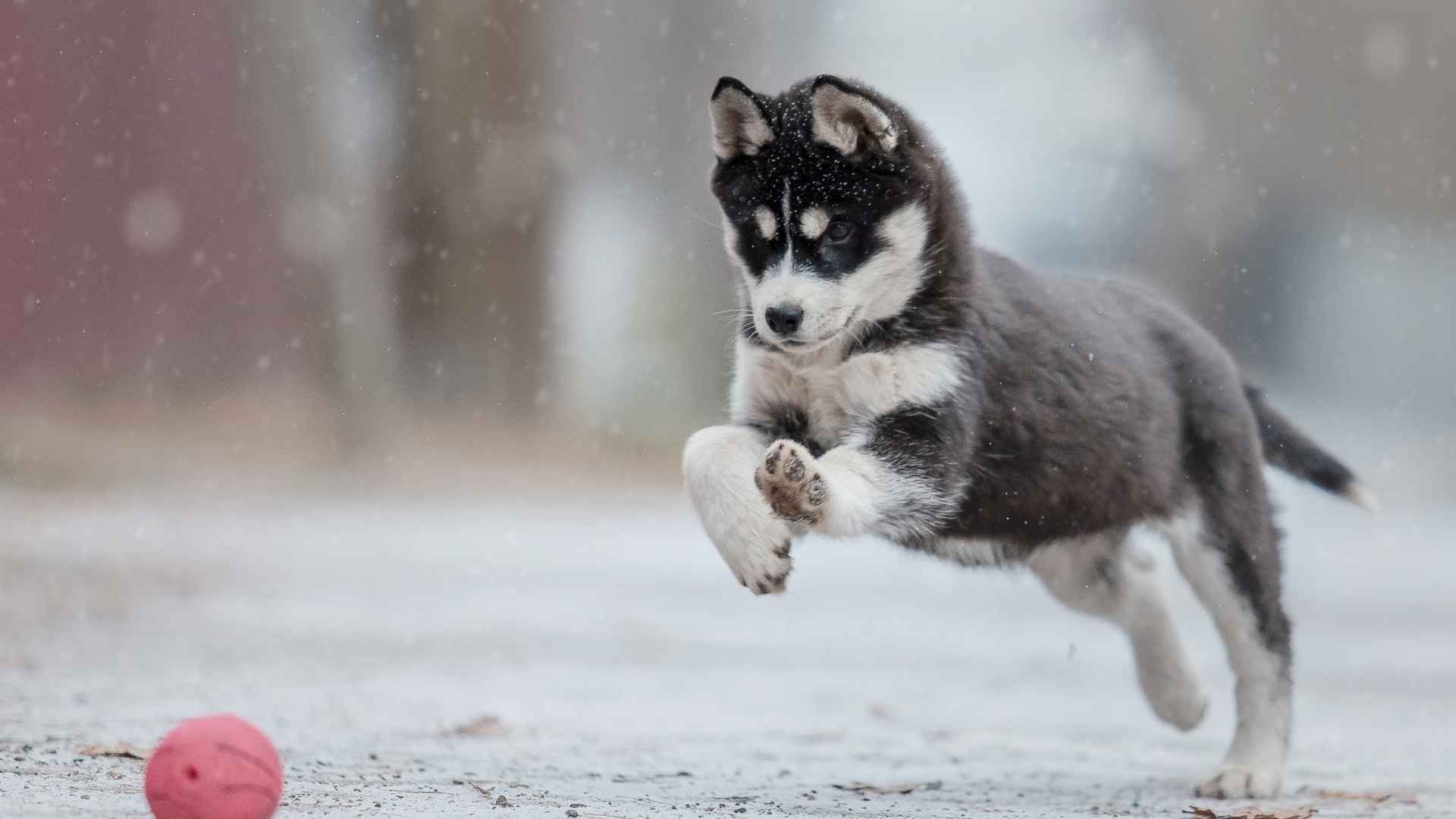Choosing a puppy is a 10-15-year commitment, and picking the wrong energy level can lead to frustration for both you and your dog. Active breeds need active owners – it’s as simple as that.
The seven dogs we’re about to explore aren’t difficult pets, but they do require more time, more space, and more creative thinking than their mellower cousins. They’re the breeds that shelter workers describe as “a lot of dog” and that experienced owners call “the best dogs if you’re ready for them.”
Before you fall in love with those energetic puppy eyes, take an honest look at your lifestyle.
Do you enjoy daily outdoor activities?
Do you have time for training sessions and play breaks?
If yes, one of these spirited breeds might be your perfect match for years of active adventures together.
Active Puppy Dog Breeds
1. German Shorthaired Pointer
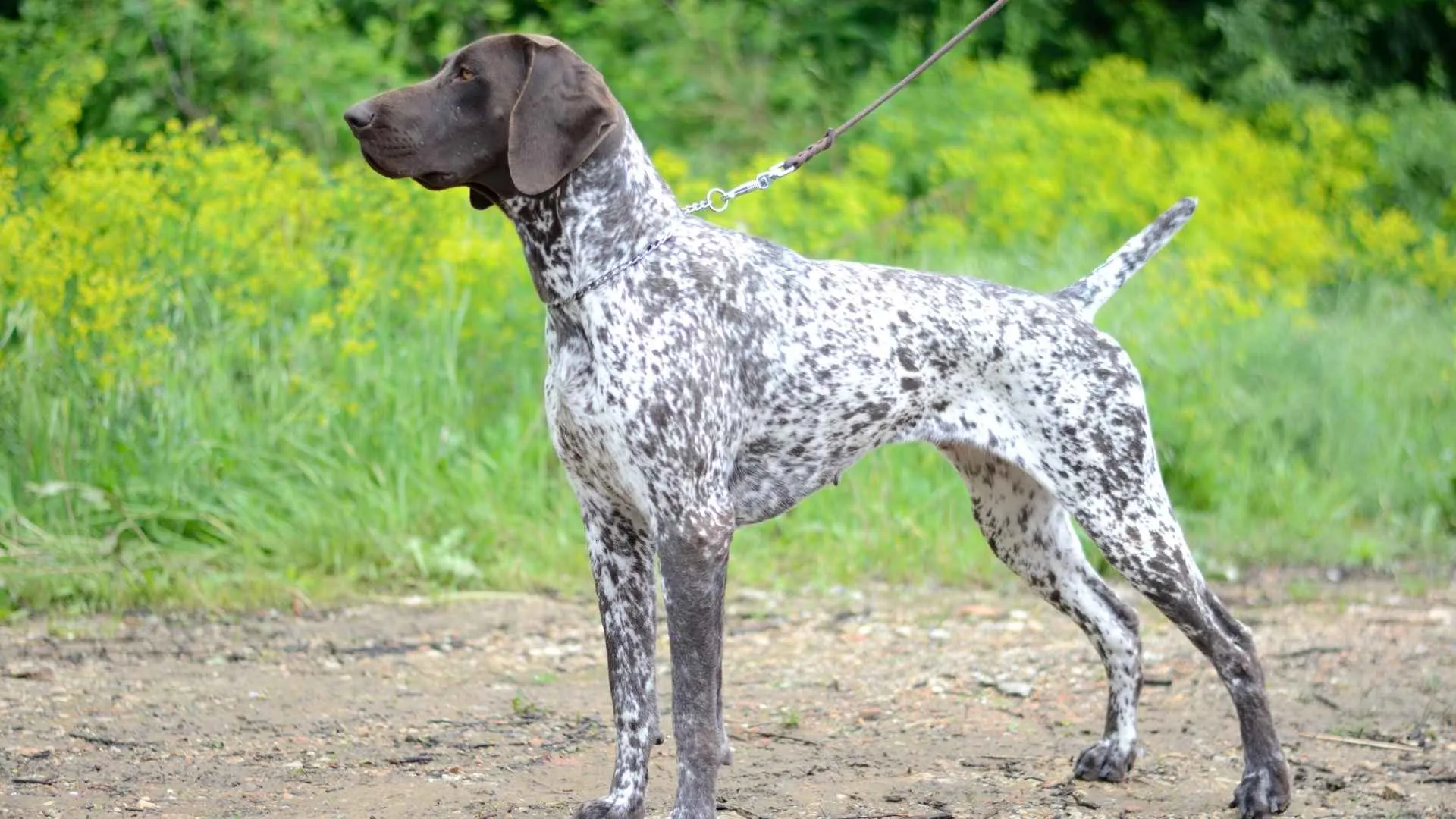
Originally bred for hunting, these dogs are fast learners with sharp instincts, and they rarely sit still for long. German Shorthaired Pointers bond deeply with their families and do best when they have a job to do or a game to play.
Energy in Every Step
This is one of those high-energy dog breeds that needs more than just a daily walk. GSPs love hiking, running, swimming, and pretty much any outdoor activity. Without enough movement, they can get bored fast, and that’s when dogs tend to develop unwanted habits like digging or chewing.
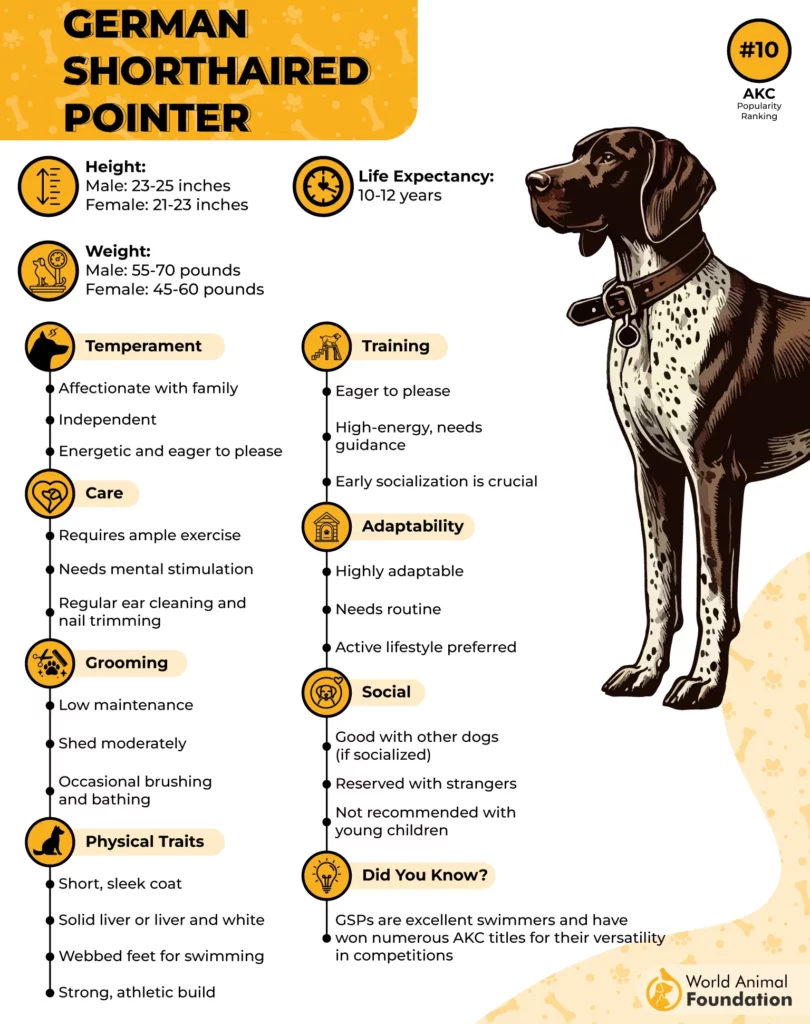
Engage Their Body and Brain
Because of their sharp intelligence, GSPs respond well to training and can excel in obedience, agility, and dog sports like flyball or dock diving. They’re eager to please and enjoy learning new skills, which helps keep both their mind and bodies engaged, as per PetMD.
For the Always-Active Owner
As one of the top active dog breeds, a GSP will fit right in with outdoorsy people or families who are always on the move. They’re not ideal for apartment living unless you’re ready to dedicate serious time to keeping them exercised and fulfilled.
2. Labrador Retriever
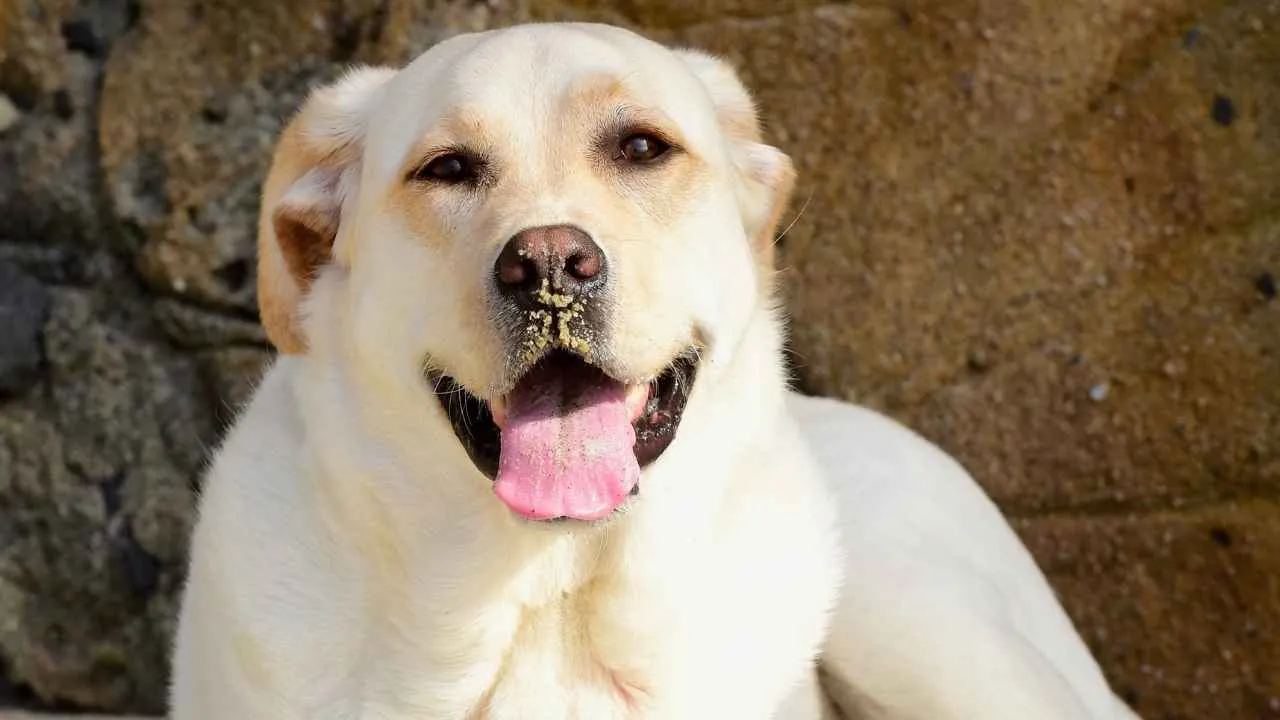
Labrador Retrievers are one of the most energetic dog breeds, and they’re not shy about it. These pups wake up ready for action, whether it’s a run in the park, a game of fetch, or a swim in the nearest lake. Their enthusiasm is constant, they love people, play, and being involved in everything you do.
Perfect for an Active Home
If you lead an active lifestyle, a Lab will happily keep pace. They need consistent movement and stimulation to stay happy, so couch-potato life just won’t work for them. Think morning jogs, backyard play, or even hiking trails. A tired Lab is a happy Lab.
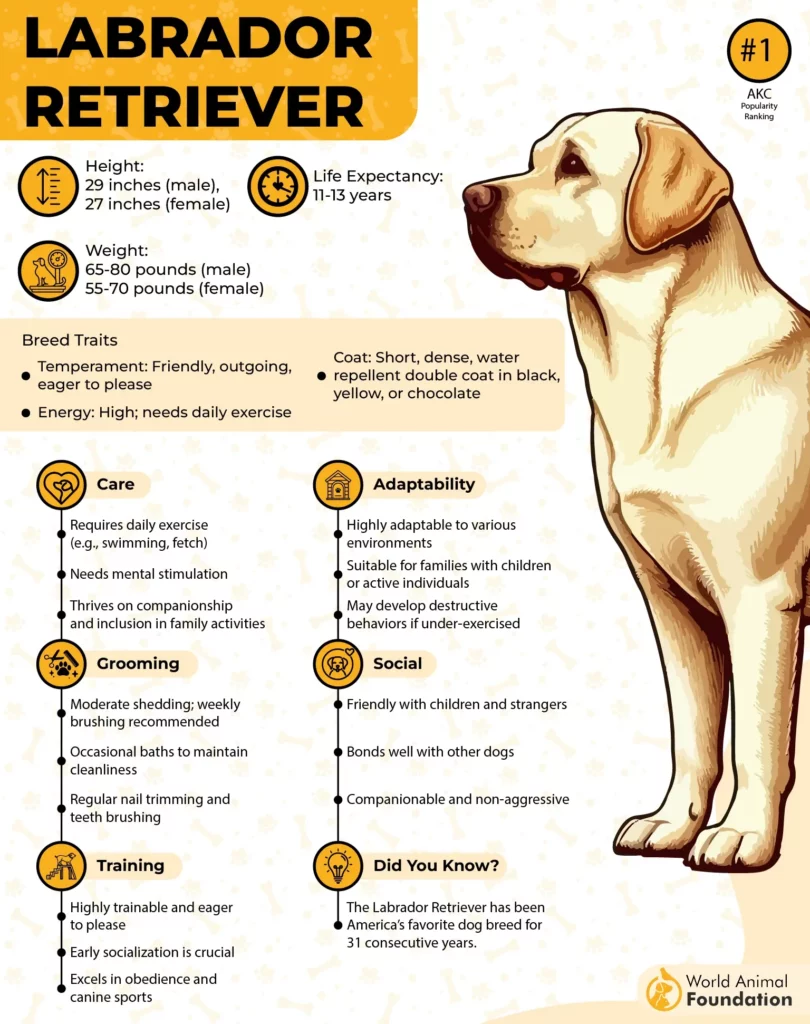
Exercise Is a Must
Labs require plenty of physical exercise to burn off their natural energy and to stay mentally balanced. Without it, they may turn to mischief, especially as young puppies.
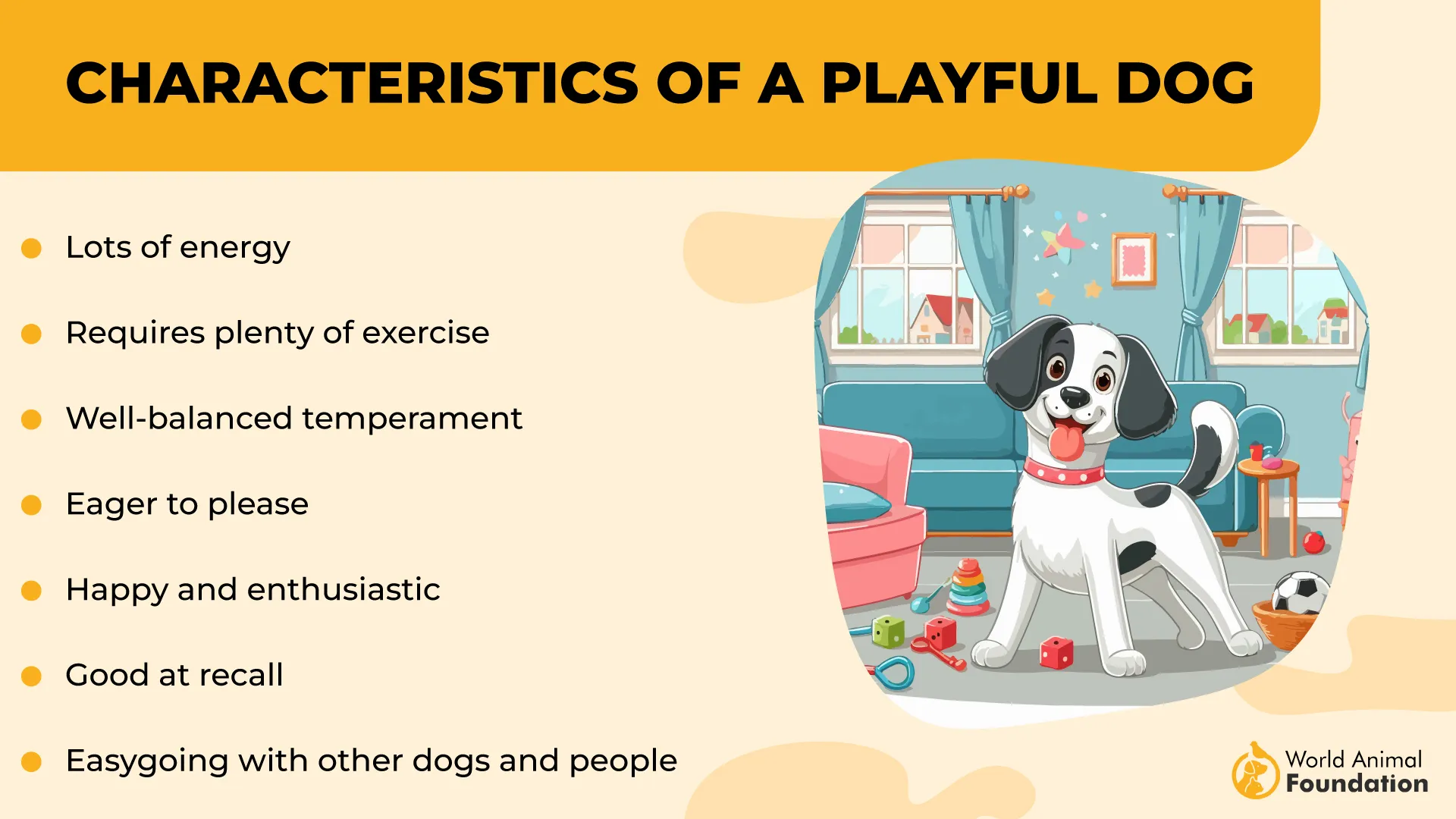
They also enjoy having dog companions and usually get along well with other dogs, making them great additions to multi-pet households.
Playful, Loyal, and Trainable
Labs are famously easy to train and eager to please. Their intelligence and work ethic make them perfect for active families, especially those looking to involve their dog in daily adventures, games, or even casual agility activities.
3. Siberian Husky
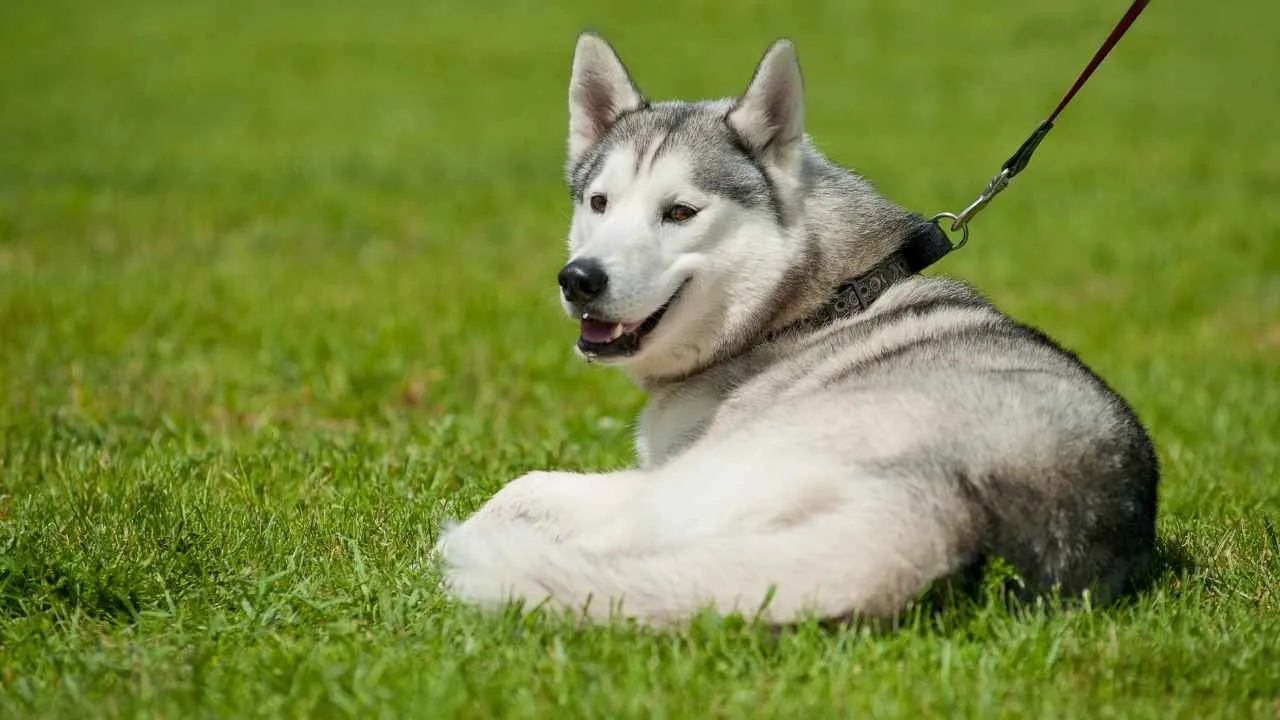
The Siberian Husky isn’t just active — it’s wired for endurance. Originally bred to pull sleds across frozen terrain, this high-energy breed thrives on physical movement and purpose. Their stamina is unmatched, and they’re happiest when they’re working or running, not lounging indoors.
Not for the Faint of Heart
This isn’t the kind of dog you can tire out with a short walk. Huskies need long, consistent exercise and plenty of mental stimulation to stay balanced. Without both, they can become vocal, destructive, or escape artists — digging and climbing come naturally to them.
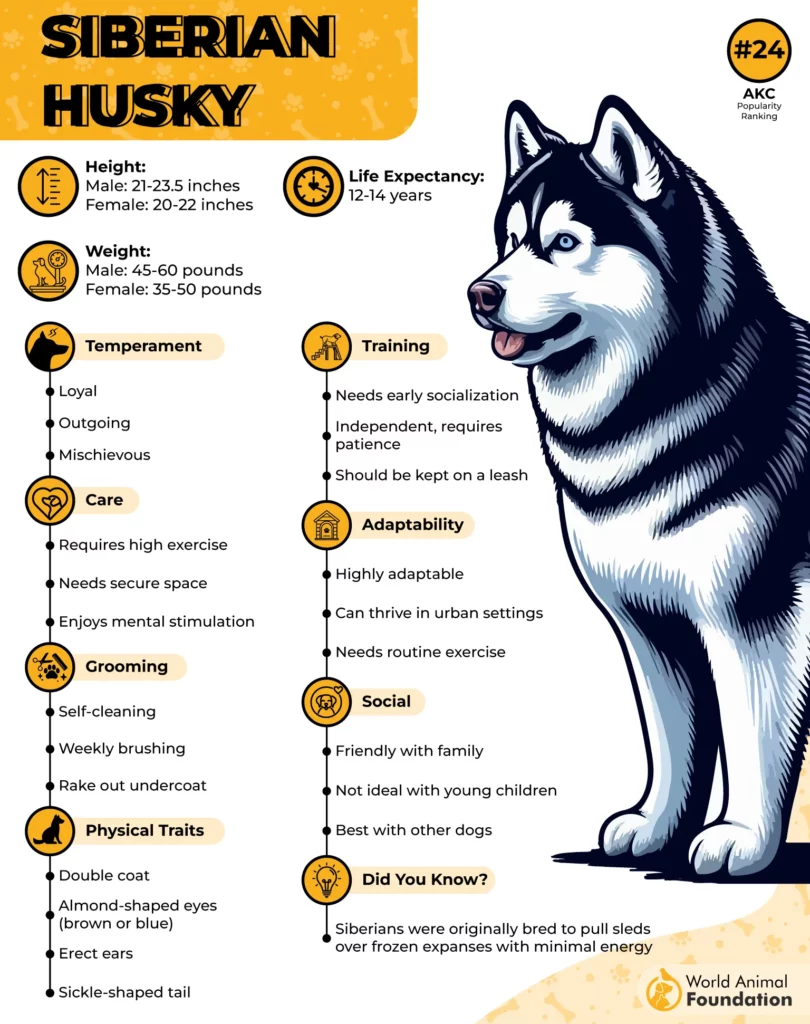
Independent Yet Social
Despite their pack-dog nature, Huskies have an independent streak, as per the experts at Greencross Vets. Training one means being consistent and patient, especially since every individual dog can vary in how much they respond to commands or routines. They’re smart — just not always eager to follow.
A Star in the Dog World
Few breeds are as iconic in the dog world as the Siberian Husky. With their striking eyes, wolf-like looks, and energetic spirit, they appeal to experienced owners who understand their unique blend of independence and drive.
4. Vizsla
Known as one of the most agile dogs, this breed combines athleticism with elegance. They’re built for speed, endurance, and responsiveness, making them a favorite among runners, hunters, and people who simply can’t sit still.
Energy That Never Quits
This breed carries boundless energy throughout the day. It’s not just about burning it off; Vizslas crave engagement. They’re not content with a lazy stroll — they need games, challenges, and plenty of space to run. Without structure and stimulation, they’ll get creative, and that’s rarely a good thing indoors.
The Need for Routine and Movement
A couple of long walks a day is non-negotiable if you’re considering a Vizsla. Add in play sessions, some training, and off-leash sprints in a safe area, and you’ll finally see them settle (just a little). Their energetic nature is tied to their happiness, and it’s something potential owners must be ready to match.
Devoted and People-Oriented
Affectionately called “Velcro dogs,” Vizslas stick close to their humans, as highlighted by PDSA. They don’t just want to exercise — they want to do it with you.
5. Australian Shepherd
The Australian Shepherd was developed to move livestock across tough terrain, and that drive hasn’t gone anywhere. This breed is known for its quick reflexes, intense focus, and endless energy, which makes them ideal for active homes that can keep up.
Mental and Physical Stimulation Are a Must
You can’t just rely on walks or backyard play. Aussies require structured outlets: agility, herding games, or complex fetch drills. Without the right routine and proper training, they’ll find their own “projects” — and that’s when the chewing, barking, and other destructive behaviors start.
Sharp Minds, Loyal Hearts
They’re incredibly smart, often thinking two steps ahead of you. They notice patterns, read body language, and love to solve problems — especially if it earns praise.
They’re also famously loyal and naturally inclined to stick close to their humans, making them ideal for an active person who enjoys movement and bonding.
Friendly Yet Focused
While they’re generally friendly dogs, they’re not over-the-top extroverts. Aussies tend to be a bit reserved at first, especially with strangers, but warm up quickly once they feel secure.
6. Dalmatian
Originally bred as carriage dogs, Dalmatians were meant to run long distances beside horses, and that legacy still shows.
They have a strong need for daily movement, not just in bursts but over longer periods. A couple of slow walks won’t cut it; this breed craves purposeful, sustained activity.
Independent Yet Trainable
PetMD claims that Dalmatians can be headstrong and quick to test boundaries, especially during adolescence.
They’re smart but not blindly obedient, which means training needs to be consistent and engaging. They respond best to positive reinforcement and routines that challenge their brains as much as their legs.
Naturally Reserved and Watchful
While they’re loyal to their humans, Dalmatians often take time to warm up to strangers. Their cautious nature makes them attentive watchdogs, but early socialization is key to preventing aloofness. They’re not shy, just discerning.
7. Greyhound
People often assume Greyhounds need tons of activity, but here’s the twist: they’re world-class sprinters, not endurance runners.
A short burst of speed followed by a long nap on the couch? That’s the Greyhound way. Just give them regular exercise, and they’re more than content lounging around the house like royalty.
Grace Meets Brain
Beneath their sleek build lies a highly intelligent dog that picks up routines quickly. They respond well to gentle training methods and don’t need constant correction — just calm, consistent communication. Harshness doesn’t work; kindness does.
Loyal, Chill, and Quiet
Unlike many other breeds, Greyhounds are quiet and composed. They don’t bark much, rarely chew things up, and they’re surprisingly polite. That makes them a dream for city living or apartments, just as long as they get their daily Zooms.
Gentle Souls Who Bond Deeply
Greyhounds can be shy at first, but once you earn their trust, you’ve got a lifelong friend. They’re sensitive, loyal, and make great companions for people who appreciate calm over chaos. Low maintenance and full of heart, they’re often the perfect match for laid-back families.
Conclusion
As we’ve explored these seven active breeds, one thing becomes clear: these dogs aren’t just pets—they’re lifestyle companions. From the Vizsla’s endless energy to the Greyhound’s surprising couch-potato tendencies, each breed brings its own flavor of activity to your home.
Many carry a strong prey drive or hunting background that shapes their exercise needs and how they interact with smaller animals. Daily exercise isn’t just about physical movement—it’s about mental engagement through retrieving games, puzzle toys, or structured training sessions.
Some breeds excel in outdoor adventures, while others adapt to city living with proper outlets. Whatever your space constraints, remember that proper nutrition fuels their energy, and enough exercise prevents problems like excessive barking.
The perfect match isn’t about finding the easiest dog—it’s about finding the dog whose needs align with the active life you want to lead.


